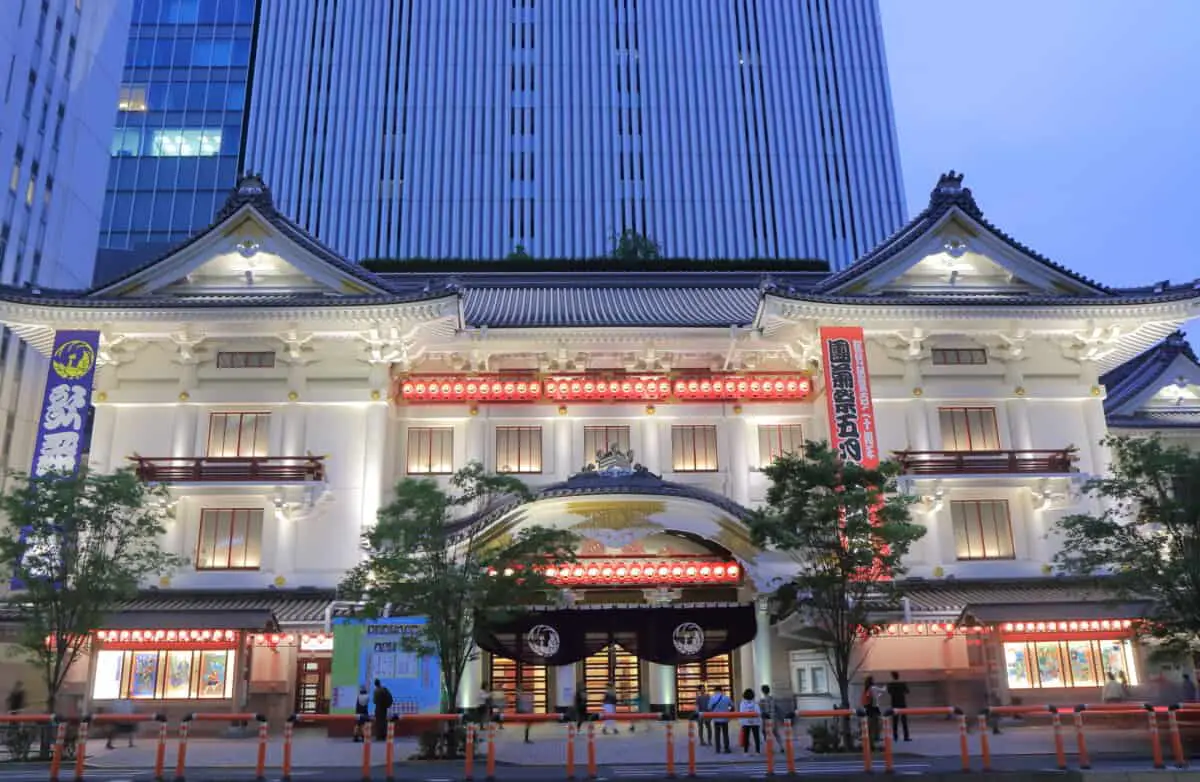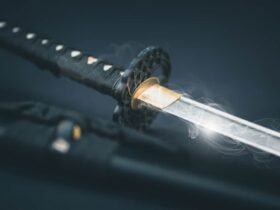Japan’s long-standing traditions don’t just stop at technology and food; customs that have existed for centuries continue to be practiced in Japan, including their many traditional arts.
There are many ways you can view, participate in, or experience some of Japan’s most traditional art forms and learn about the symbolism behind it all. It’s one of the many enjoyable ways you can immerse yourself in the intricate culture of Japan.
One Of the most incredible locations to see art from many styles and methods at the National Art Museum In Tokyo.
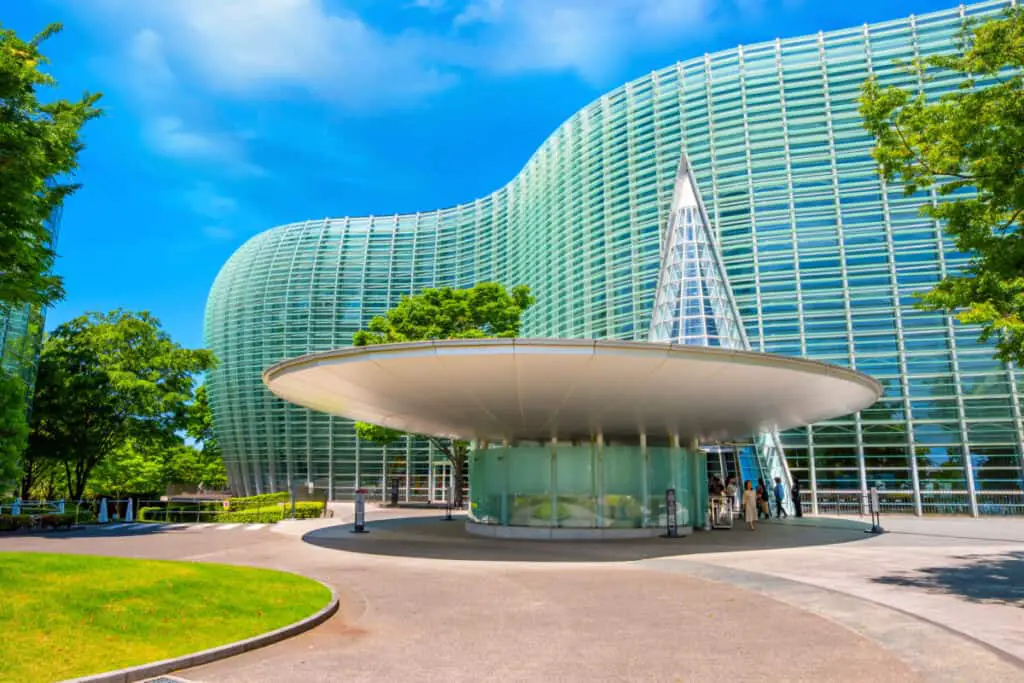
National Art Museum Roppongi, Tokyo
Taiko
If you have the opportunity to witness a performance using taiko, or Japanese drums, you will be amazed. Taiko has been in existence for many years in Japan, and taiko routines are often performed during ceremonies and special events, as well as during festivals and religious occasions or rituals.
Traditionally, taiko drums can take many years to construct. They were usually made by using a singular log or tree trunk. Making the drum as decorative as possible with paints and dyes could take a very long time.
The drums are played with drumsticks crafted from either Japanese magnolia or white oak. The drumming takes a lot of endurance and agility, and watching taiko performances is quite a powerful experience.
Taiko Performances In Japan Via KODO

Shodo
Shodo is calligraphy in Japan. You might not realize that Japan is responsible for the origins of a lot of the famous calligraphy we can enjoy today.
While much of Japan’s calligraphy has been inspired by China, Japan has put its own spin on the art form. Shodo takes a lot of patience, technique, and attention to detail.
A lot of the famous calligraphy in Japan is sosho style, which is considered poetic and an artistic form of calligraphy. It’s not necessarily used for practical purposes, but to simply pay homage to how intricate calligraphy is as art.
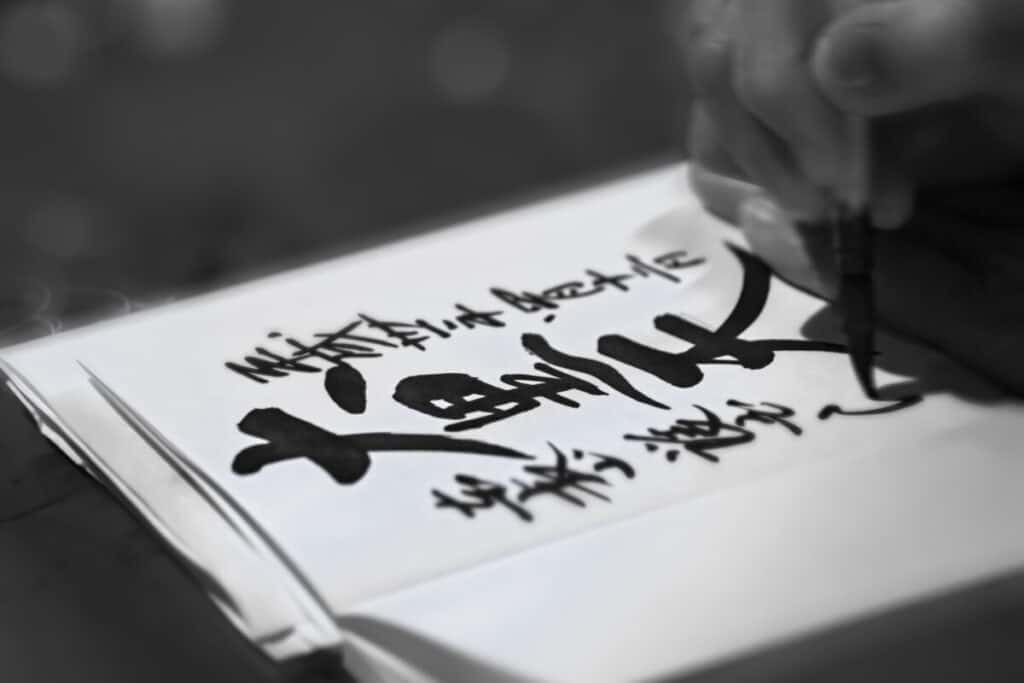
Japan uses different characters within its language, including kanji, hiragana, and katakana, and these are all used in calligraphy.
The specific calligraphy styles practiced in shodo are sosho, which is cursive, kaisho, which is block lettering, and gyosho, which is a type of cursive.
Bonsai
Bonsai trees are known to be Japanese shrubs and trees, as growing these trees has become a Western pastime for plant lovers as well.
A bonsai tree is a small tree with unique, multi-styled trunks, where multiple branches and lush green leaves or needles stem from.
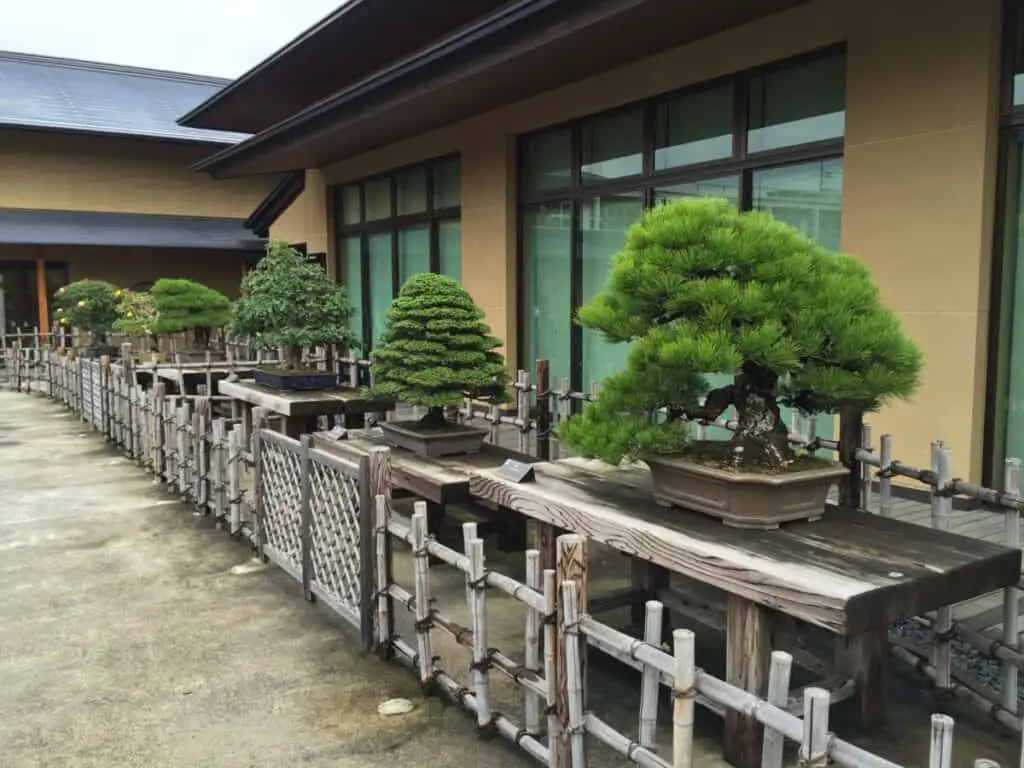
Bonsai trees can take many years even centuries to grow, and can even be passed down to future generations if cultivated and cared for properly.
It does take a lot of special skill to grow a bonsai tree in such a way that they don’t get too large. Many people will carefully grow these trees and use pine or cherry blossoms, for example, to create their own bonsai display at home.
To get the intended perspective when viewing a bonsai tree, you should bend slightly and look straight at the tree, and imagine that it’s part of your own personal forest.
Bonsai Exhibitions In Japan Via Bonsai Empire
Chado
The Japanese tea ceremony is one of the country’s most sacred practices that has existed for centuries. Tea is known to have multiple medicinal and health benefits, especially green tea. In the 8th century, it was common for nobility to sip on green tea together while engaging in different rituals.
A chado consists of much more than just sitting with friends and family and drinking tea. It started as a way for the noble elite in Japan to show traditional Japanese hospitality to guests, especially guests who were of similar social status.
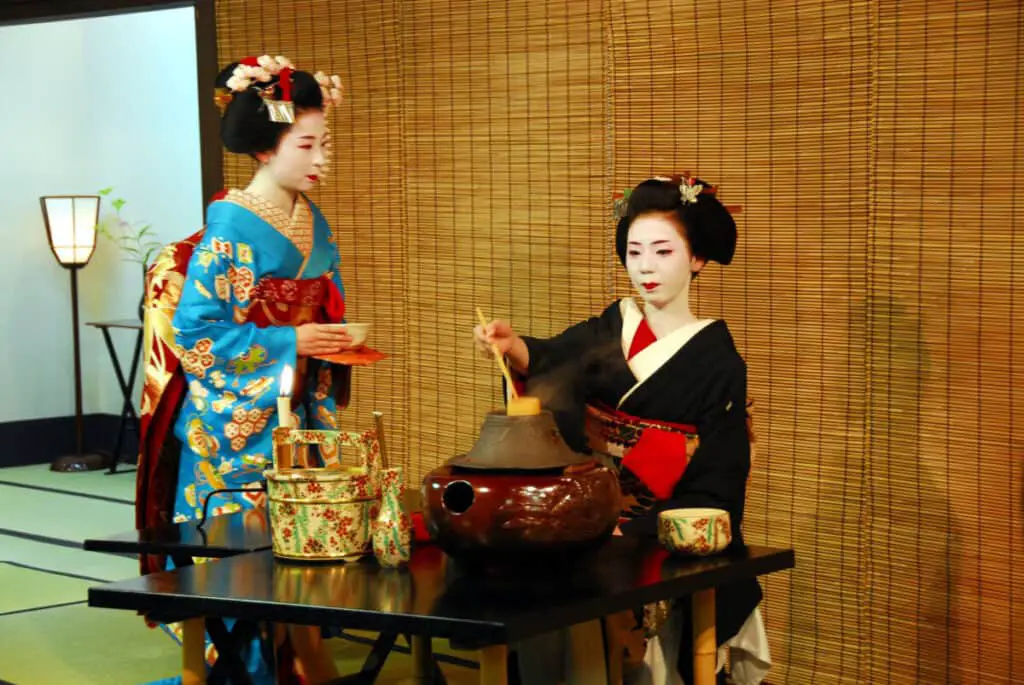
As such, there are very strict etiquette rules that are to be followed when attending a Japanese tea ceremony, so it’s wise to brush up on the rules before you go to one.
Some tea ceremonies that you can enjoy in Japan are much more elaborate and are hosted by different businesses and organizations.
You are meant to show gratitude to the person who is hosting your tea ceremony if it’s held in a more intimate setting.
Chado Tea Experience Via Tripadvisor
Traditional Dancing
The traditional dances in Japanese culture have existed for centuries. The two most well-known forms of traditional dance include kabuki and noh.
If you are looking to watch a performance of these two types of dances, you’ll want to seek out a Kabuki-za theater.
These dances are elaborate, with specific staging, costumes, makeup, and movements. The noh dance is an entire dramatic performance that tells a story.
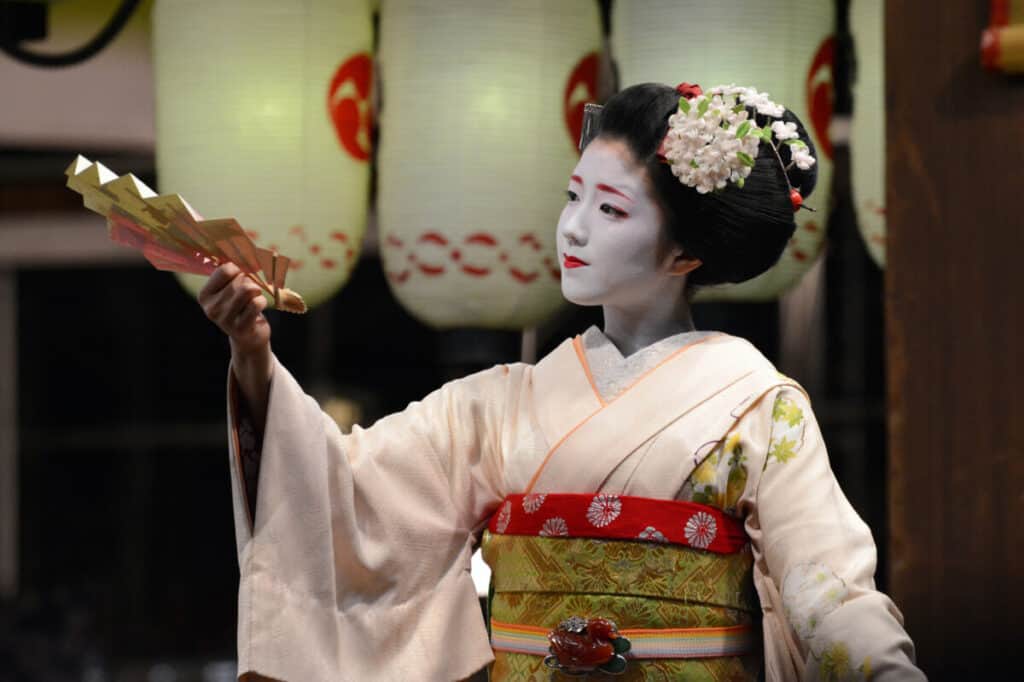
Kabuki is a dramatic dance filled with emotion, intricate dress, and extraordinary makeup.
Kabuki-za theatre Japan Official Website
Ukiyo-e
The translation of the art form called ukiyo-e is “pictures of the floating world.” This is an art form that can still be admired all over Japan today, even though it is not created as much as it used to be. Sometimes, ukiyo-e is referred to as woodblock prints.
This type of art would depict many aspects of popular Japanese culture, including depictions of geisha or other beautiful Japanese women.
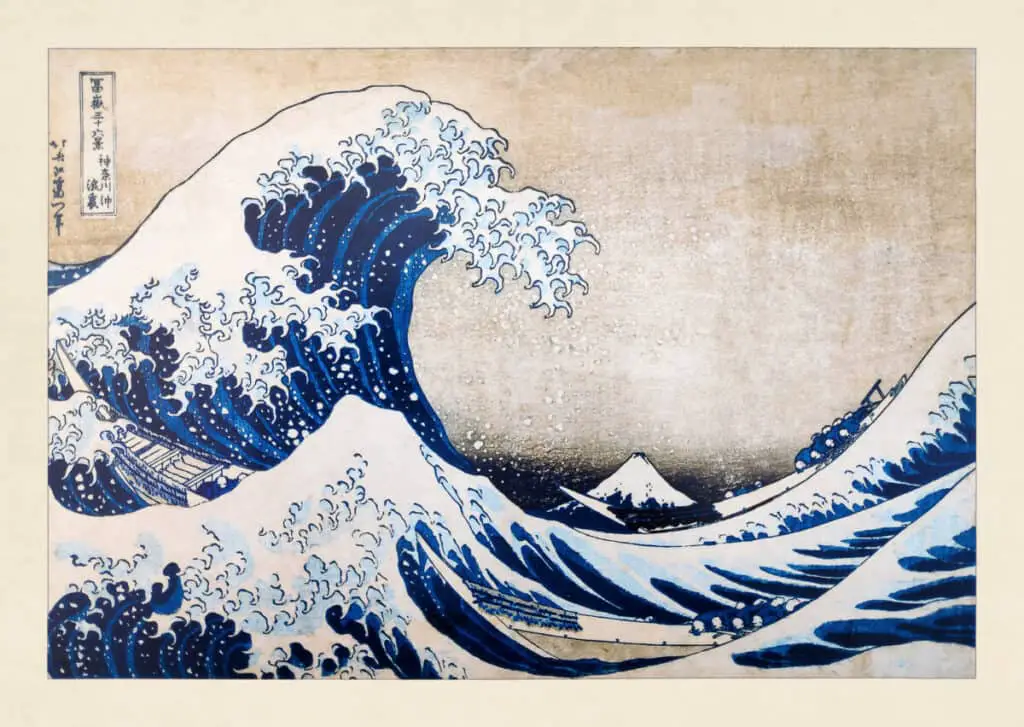
Sometimes there would be plants or florals, such as cherry blossoms, within the background of these paintings. People of status would also sometimes have ukiyo-e paintings made of them.
Many Japanese-inspired tattoo art scene around the world today has been derived from classic ukiyo-e paintings.
Hokusai Woodblock Art Museum Tokyo
Kodo
Kodo is not as popular an art form as it used to be. Rather, kodo, or incense appreciation, has become less of an art form and more of something used around the world to add fragrance to the home or to create a calming environment for meditation.
However, incense was once used very often in Japan by those who wished to add fragrance to their clothing and their hair. Thus, there would be custom fragrances created and different ingredients mixed together to make all kinds of incense.
Furthermore, there used to be kumikos, which were incense comparing games, where people would try and guess what ingredients were in another person’s incense. However, this isn’t practiced as much anymore because incense can be very expensive.
Nippon Kodo Association Official Website
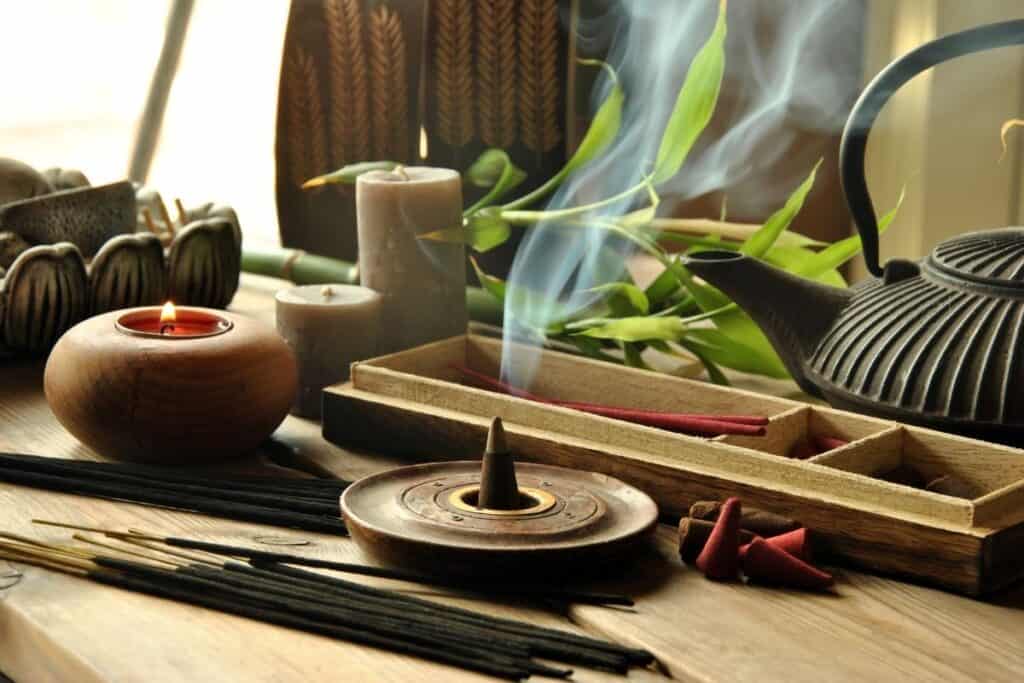
Ikebana
Japan has been able to cultivate a vast array of beautiful florals and greenery, being that they experience four distinct seasons. As such, it is customary in Japan to create art pieces featuring some of their beautiful florals.
Ikebana can be traced back to the 8th century in Japan when missionaries would put together beautiful flower arrangements and offer them to Buddha.
It became popular over time, and there are now different types of ikebana that range from simple arrangements that feature strong lines, to ornamental displays, to displays that showcase the flowers of the current season.
While the art of arranging flowers produces an end result of a lovely bouquet or arrangement, many people who practice ikebana see it as a meditative, calming practice that allows them to connect with nature and appreciate its beauty.
Ikebana Workshop Via Tripadvisor
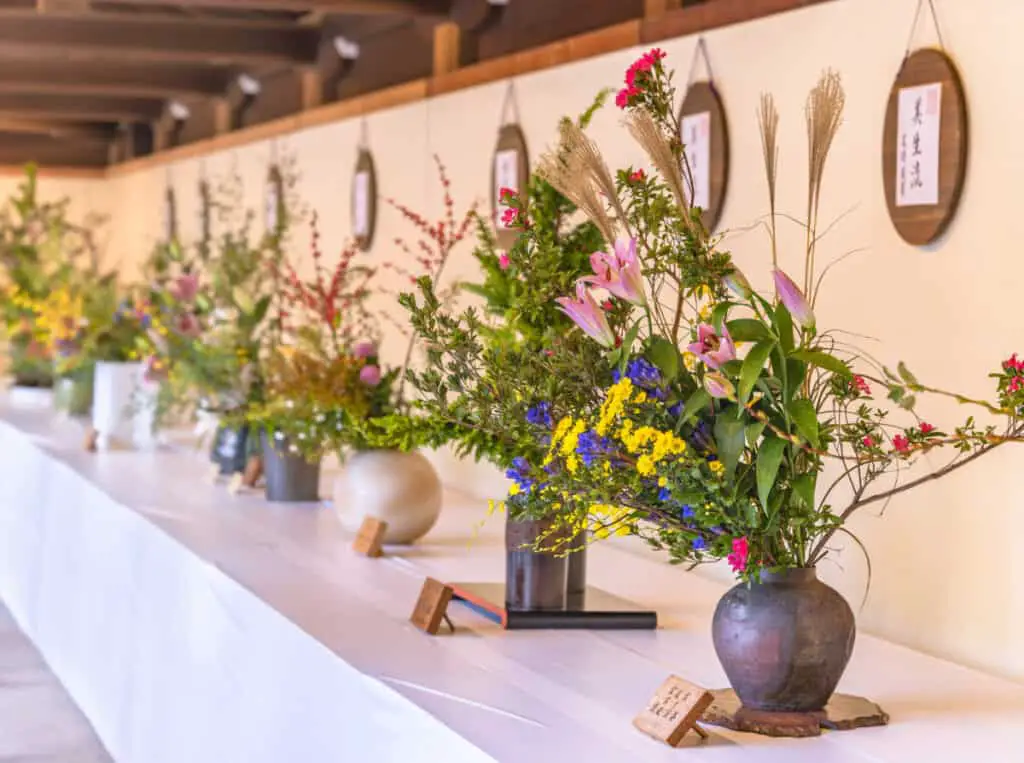
Shikki
Shikki is the practice of using lacquer to preserve and transform wood into many things, from decorations to keepsakes and practical housewares.
You can find shikki art that will rely on the beauty of wood to create something special. You can also find shikki art that will use colors and patterns to transform the wooden bowls, plates, and trays into something unique.
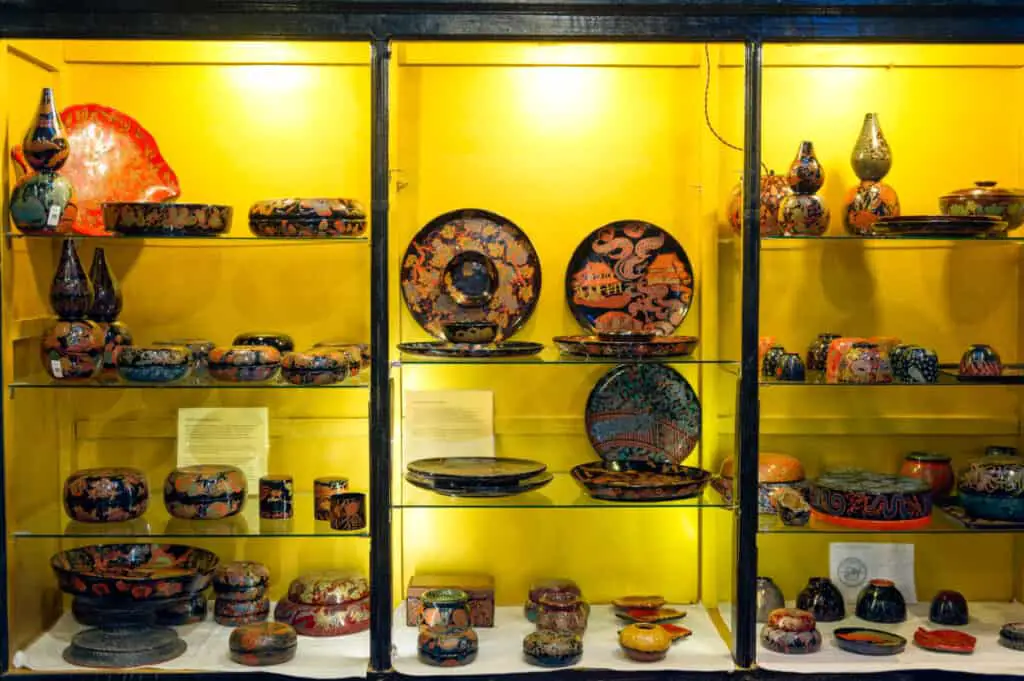
Shikki In Kanazawa Official Website
The art of shikki has been practiced in Japan for thousands of years. While lacquer serves the practical purpose of making sure that wood doesn’t rot or disintegrate easily, it also lets you use wood in a decorative fashion.

